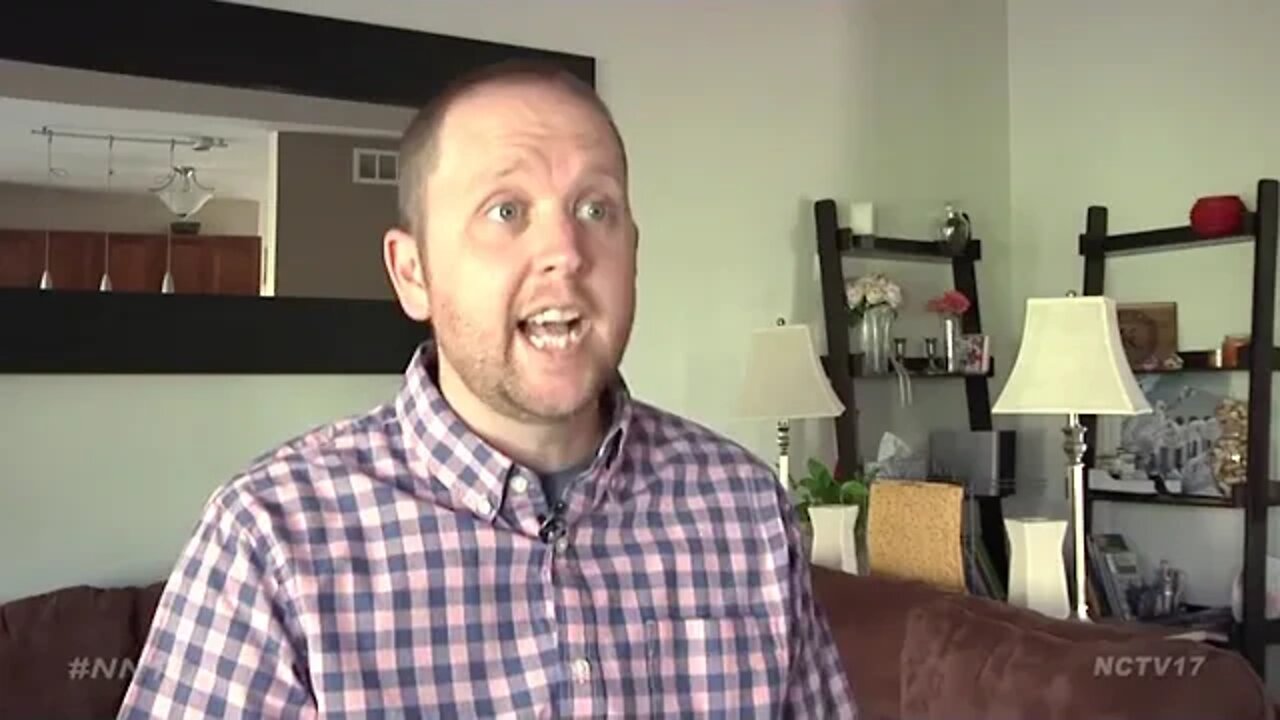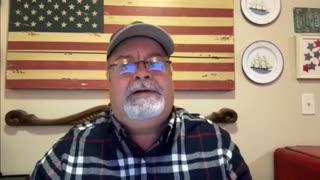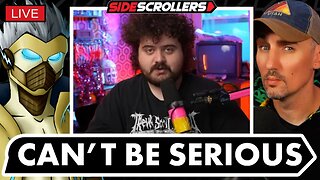Premium Only Content

Interview With A Youngster who Survived a Stroke
When Brandon Klinetobe woke up to take his wife to Edward Hospital for her scheduled C-section in 2009, little did he know he would also end up in surgery.
“I took a shower and took one step onto my master bedroom floor and I felt a pop in my ear and I just went numb. The whole right side of my body went tingling,” said Klinetobe.
At just 31-years-old, Brandon was suffering from a stroke. Instead of a trip to the maternity floor, he ended up in the emergency room.
“I couldn’t lift my arms or my legs, my smile was half crooked, It was a serial moment,” said Klinetobe.
Brandon suffered from a common heart deformity called Patent Foramen Ovale, or PFO, a hole in the heart walls that normally closes shortly after birth. In his case, those holes remained open, allowing a blood clot to travel from his heart to his brain.
“One of the arteries or a branch of one of the main arteries that supply blood to the brain or part of the brain gets blocked, and then that part of the brain that’s deriving it’s blood flow from that particularly blocked artery stops working, and very quickly the cells start to starve of oxygen and die,” said Dr. Ali Shaibani, Medical Director of the Neuroscience Institute.
The only way to fix his condition was to undergo surgery. But his insurance wouldn’t cover the $10,000 cost unless he had another stroke in the future.
So Brandon went home and waited, and three years later, that’s exactly what happened.
“I lost vision in my right eye and I felt it all again, and I knew exactly what was happening,” said Klinetobe.
Another trip to Edward Hospital with his wife finally fixed his heart condition, decreasing his chances of having another stroke, something they never thought possible in the first place.
But according to Dr. Shaibani strokes are becoming more common in the earlier years of life. In fact 10% of strokes in those occur under the age of 45, but there’s a different reason behind them.
“When we see stroke in younger patient it’s often from a different mechanism than what we see in the elderly population,” said Dr. Shaibani. “Most of the causes of stroke in young people are dissection, which is a tear in the inner lining of the artery that can happen with certain physical exertion, that can happen with certain neck trauma, terrible coughing in some instances I’ve seen doing that.”
Luckily for Brandon and other young stroke survivors, their road to recovery is typically shorter than compared to their older counterparts. After two surgeries and some rehab, Brandon is now able to catch up on his life outside of the hospital, but not some thought about how quickly life can change.
-
 3:11
3:11
Canadian Crooner
2 years agoPat Coolen | It's Beginning to Look A Lot Like Christmas
54.8K17 -
 5:22
5:22
DropItLikeItsScott
1 day ago $1.76 earnedThe GLOCK Killer? Shadow Systems XR920 / Would You Choose It?
3.21K7 -
 LIVE
LIVE
BEK TV
23 hours agoTrent Loos in the Morning - 12/01/2025
277 watching -
 LIVE
LIVE
The Bubba Army
22 hours agoDIDDY'S NEW DOC EXPOSED! - Bubba the Love Sponge® Show | 12/02/25
1,744 watching -
 40:10
40:10
ZeeeMedia
14 hours agoFDA Memo: "Covid-19 Vaccines Have Killed American Children" | Daily Pulse Ep 153
12.4K32 -
 LIVE
LIVE
Pickleball Now
6 hours agoLive: IPBL 2025 Day 2 | High-Intensity Matchups Continue in the Indian Pickleball League
153 watching -
 15:11
15:11
itsSeanDaniel
1 day agoAngry Liberal Defends ILLEGALS, Then Gets CALLED OUT For It
47.1K26 -
 10:32
10:32
Actual Justice Warrior
2 days agoColorado School FORCES Girl Into Bed With Trans
23K28 -
 18:14
18:14
Nikko Ortiz
16 hours agoMost Painful Internet Clips...
75.2K12 -
 2:08:21
2:08:21
Side Scrollers Podcast
21 hours agoHasan Dog Joke Gets Streamer BANNED + Great Reset 100% CONFIRMED + More | Side Scrollers
61.2K15